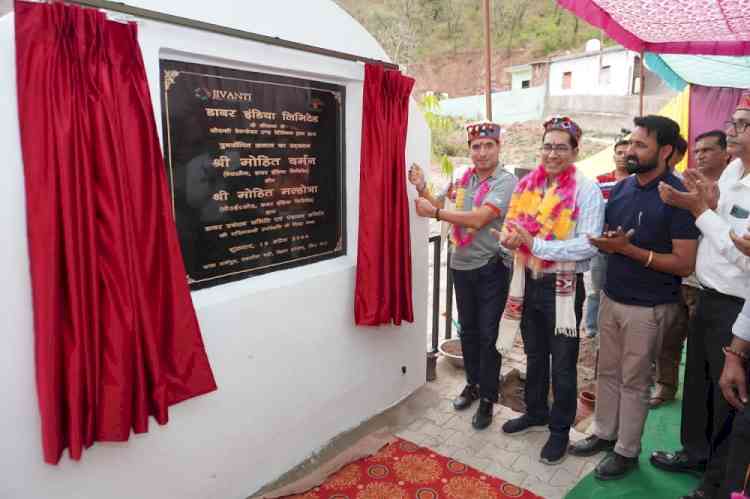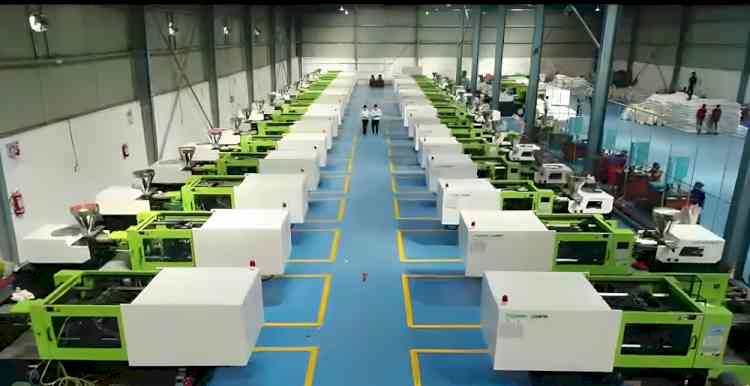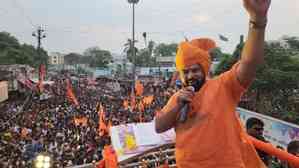New Drive to Curb Honking Focuses on Sound Cameras
Author(s): City Air NewsPurpose Partners with Traffic Police on Awareness and Enforcement New Delhi, March 4, 2019: Continuing its sustained effort to address the menace of noise pollution in the capital, Leading Purpose Campaigns has...

Purpose Partners with Traffic Police on Awareness and Enforcement
New Delhi, March 4, 2019: Continuing its sustained effort to address the menace of noise pollution in the capital, Leading Purpose Campaigns has enlisted the help of Delhi Traffic Police and public health activists to bolster its “Hands Off The Horn” (#HandsOffTheHorn) campaign.
“Our goal is to tackle the honking problem by increasing awareness and enforcement,” said Reecha Upadhyay, Campaigns Director, Puporse. “Adding to its notoriety as being among the world’s most polluted cities, Delhi has been rated by Worldwide Hearing Index as the noisiest city in India and the second noisiest in the world.”
India’s laws on dealing with air pollution also include noise. A section of the law defines air pollution as any solid, liquid or gaseous substance including noise present in the atmosphere such concentration as may be or tent to injurious to human beings or other living creatures or plants or property or environment.
Additionally, the law specifies the permissible decibel level in a silent zone at between is 50 dB and 55 dB in a residential areas. However, a CSE study had shown that the ITO intersection in Delhi saw noise levels as high as 106 dB due to vehicular honking.
Honking of horns is the single major contributor to noise pollution in Delhi. Though there are more than 50 silence zones in the city, lack of awareness and poor enforcement makes a mockery of them. Thus, hospitals and schools are declared silent zones, and honking around them is an offence. However, the penalty for violations is set at Rs 100, subsequent fines are 300.
To raise awareness and increase enforcement of the silent zones law, Leading Purpose Campaigns started the “Hands Off the Horn” campaign. Purpose works closely with Delhi Traffic Police to identify violators at different traffic intersections including one challan drive at AIIMS where more than 45 traffic tickets were issued to people honking unnecessarily, in a single hour.
“Hands Off the Horn” also focuses on spreading awareness about the impact of honking on health. According to a 2007 WHO estimate, almost six per cent of the people in India suffer from hearing loss. There are other serious health implications as well such as deafness, heart conditions, sleep disorders, and cognitive impairment in children.
To flag this alarming health correlation, the campaign organised a public health symposium at Moolchand Medicity, in association with the Lions Club where the hospital’s own ENT specialist Dr. Chanchal Pal, Psychologist Dr. Anshuma from Colors of Grey Cells, Ravi Kalra of The Earth Saviors Foundation and Seema Malhotra from Scope Plus addressed the audience on the health impacts and our duty as citizens.
But spreading awareness and helping the understaffed Delhi Traffic Police is not enough. Some technological interventions have already taken place like e-challaning system, speed cameras and 4G enabled challaning system and online payments for traffic challan is being planned and might be out soon. However, honking which is more difficult to detect by an individual needs to be prioritised as well.
An example of using technology to identify violators on a crowded road can be seen in Beijing, China. Beijing's Traffic Management Bureau has installed 20 acoustic cameras across the city that can identify honking cars. The cameras installed near schools and hospitals use 32 microphones and a HD camera to film a two second video and capture the number plate of each honking car. The footage is then analyzed by police to determine if car's honking was warranted and, if not, whether a $16 fine is be issued.
This technology is now available in India with companies like I Adept Marketing which are importing this technology for multiple other applications. An acoustic camera generally consists of a microphone array and optionally an optical camera. A digital camera takes an image of the noise emitting object. At the same time an exactly computed array of microphones acquires and records the sound waves emitted by the object.
Special developed software calculates a sound map and combines the acoustical and the optical images of the sound source. The Acoustic Camera can extend the time and frequency selectivity and add a location selective component. With this method the sound signal is shown and also a sequence of acoustic images can be acquired. Acoustic films are generated from which it can be determined when, where and from which part the sound emanates through a process called. Sound Source Localisation.
In running this multifaceted campaign using awareness, technology and enforcement, Delhi Traffic Police now have an opportunity to curtail and ultimately eliminate honking pollution.

 cityairnews
cityairnews 

















